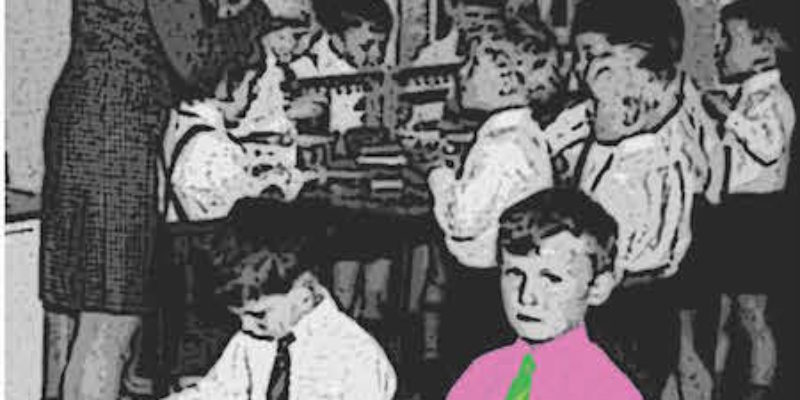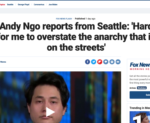
In late February I began a project to build a digital museum for the Washington State Jewish Historical Society. This is a new initiative for them — they have long had a website to represent what the organization does, and put together a project-based site a few years back based on famous and not-so-famous Jewish athletes our state has produced over the decades. But a site that will be dynamic, regularly updated, and encompassing a wider breadth of Jews throughout Washington State? That’s something they’ve never done before.
And that’s why I’m here.
So I’m going to blog about this process throughout to document what I’m doing, how I’m doing it, and hopefully use it as case study for future projects like this, whether done by me, a team, or someone else. So here goes!
Let’s start with the scope of the project:
Deadline: April 2. There may be some wiggle room, but not a lot.
Cost: I’m charging hourly, though I don’t feel comfortable divulging my rate. But they are getting a nonprofit rate.
Timeline:
It’s tight, but ultimately I think it’s doable. I’ve been keeping under 30 hours for the first couple weeks, since I’m positive I’m going to be making those up toward the end of this first sprint. And the client is on a budget.
So is it a sprint? Kind of. If anything, I’d say I’m going Agile light. I’m working in short bursts for each phase of the project while gently pushing my way into the start of the next phase. Then if there’s a section that needs improvement, I’ll get back to that in a future phase—but I’m not there yet.
Week 1: Getting my feet wet. Several meetings with staff, just to figure out what the heck was going on. Here’s what I learned:
- This digital museum is probably a hybrid between a collection of artifacts, in this case related to Washington State’s Jewish history, and modern stories of local community members.
- The tagline will be something along the lines of, “Every day we’re making history.”
- We need to combine repurposed content from previous museum and event exhibits with new content.
- This shouldn’t be just words and pictures. We need to integrate multimedia, infographics, video, and audio. The society and its archives at the University of Washington have hundreds of oral histories dating back decades. But they need to be distilled to bite-sized chunks if we’re to have any traction with them.
- This museum needs to resonate with Gen-Xers and Millennials for it to be successful. Currently, as you may have guessed, the average age of a person involved with such an organization is somewhere between older than that and way older than that. Enough said.
- The historical society already has a website. That site, however, is about the organization. This digital museum needs to be about the community. We need to walk that fine line between the complexity of having multiple sites and the need for simple content on both. And they need to maintain separate identities while making it obvious that they are connected and intertwine with one another.
So that’s what we’ve got for week one. And we’re off!





